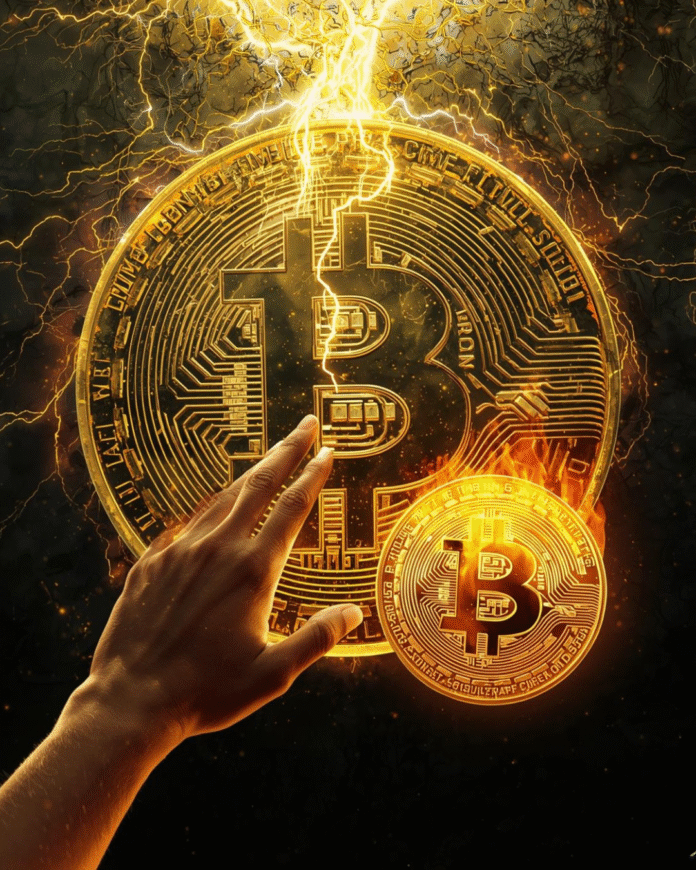The financial world rarely sees a shift like the Elon Musk Effect. A single tweet can make a market soar or plummet. It can change a global conversation overnight. Few assets have felt this power like Bitcoin (BTC). The flagship cryptocurrency has ridden a rollercoaster. First, it was lauded as the future currency for Tesla cars. Then, it was publicly rebuked for its environmental impact. This whole journey was dictated, in part, by the whims of the world’s richest person.
For years, the Bitcoin narrative was divided. On one side was a revolutionary financial tool. On the other, critics saw an energy-guzzling machine. Crucially, Musk himself was the most prominent voice in this critical camp. However, a stunning reversal recently ignited the crypto world. Musk delivered a powerful, concise statement. This comment fundamentally re-frames the entire energy debate.
He declared that Bitcoin’s underlying value is tied to one uncounterfeitable thing: real-world energy. His exact words were clear: It is “impossible to fake energy.” Certainly, this is not just a casual comment; it’s a profound shift. It comes from one of the most influential minds on the planet.
This deep dive will unpack this seismic change. Specifically, we will analyze the core argument of Proof-of-Work (PoW) as an “honest signal.” Furthermore, we will examine the massive, quiet strides the Bitcoin mining industry has made. They are moving toward a truly sustainable future.
From Bitcoin Critic to Cautious Advocate: Tracing Elon Musk’s Journey
Musk’s relationship with Bitcoin has been famously unstable. It has always mirrored the volatile nature of the asset itself. To truly grasp the weight of his latest statement, therefore, we must look back. We need to remember the dramatic pivot that caused the infamous crypto crash of 2021.
The Tesla Suspension and the “Massive Concern”
Initially, the crypto market was riding high on optimism in early 2021. Tesla had just announced a $1.5 billion investment in Bitcoin. More importantly, the company had begun accepting BTC as payment for its electric vehicles. This was seen as the ultimate institutional validation. It was a green light from the company synonymous with the future of sustainable transport. Consequently, the price of Bitcoin skyrocketed.
Nevertheless, the honeymoon ended quickly. In May 2021, Musk delivered a shocking U-turn. He announced that Tesla was suspending Bitcoin payments. He cited a “massive concern” over the “rapidly increasing use of fossil fuels for Bitcoin mining.” This issue specifically involved coal.
- The Core Issue: Musk was primarily concerned with the high reliance on coal and other non-renewable sources. These sources were heavily used by miners at the time.
- The Condition: Tesla set a clear benchmark. They would only resume accepting BTC once there was “confirmation of reasonable (∼50%) clean energy usage by miners.” This needed a positive future trend.
This single statement instantly wiped billions off the crypto market. Indeed, it sparked a prolonged “crypto winter” narrative. The core message was unavoidable: a truly revolutionary technology could not achieve mainstream acceptance at a “great cost to the environment.”
The Tipping Point: Key Meetings and Influential Voices
Musk’s public criticism immediately spurred a vital conversation. Following this, the Bitcoin industry had to respond. Key figures like Michael Saylor of MicroStrategy and Jack Dorsey (then of Square/Block) stepped up. They championed the vision of Green Bitcoin. Their central argument was powerful: Bitcoin mining was not a waste of energy. Instead, it was a catalyst for new renewable energy development.
- They posited that miners are flexible energy buyers. They can operate anywhere. In effect, they make otherwise unfeasible remote solar, wind, and hydro projects economically viable.
- Furthermore, they introduced Musk to a crucial concept: “stranded energy.” This involves monetizing energy that would otherwise be curtailed or wasted.
This intense, data-driven advocacy laid the groundwork for a major reconsideration. Musk’s recent statement is the clearest indication of this shift. He has not only been listening but has also integrated a fundamental Bitcoin argument into his own world view. Thus, his full reversal is complete.
The Core of the Reversal: “Impossible to Fake Energy Use”
Musk’s famous phrase is, “it is impossible to fake energy.” This is a profound nod to Bitcoin’s original, esoteric philosophy. It takes a perceived flaw—high energy consumption—and re-frames it. Ultimately, it becomes the asset’s ultimate security feature.
Understanding Bitcoin’s Proof-of-Work (PoW)
To understand the “unfakeable energy” argument, first we must clarify the mechanism that secures Bitcoin. This is Proof-of-Work (PoW).
Simply put, PoW requires miners to expend massive amounts of computational power. This, naturally, requires energy. The goal is to solve a difficult cryptographic puzzle. The first miner to solve the puzzle wins. They get to add the next block of transactions to the blockchain. They also receive a reward of newly minted BTC and transaction fees.
- Real Work, Real Security: This “work” is essential. It is what makes Bitcoin trustless. Crucially, the energy expenditure is the physical cost of validating the chain.
- The Security Bond: An attacker trying to commit fraud (like a “double-spend”) would face a massive barrier. They would need to control more than 51% of the network’s hashrate. Acquiring this hardware and the gargantuan electricity to run it is economically and logistically prohibitive.
Therefore, the cost of mounting an attack must always be far greater than the potential gain. And most importantly, that cost is denominated in unfakeable, real-world energy expenditure.
Curious about how traditional currencies are performing? Don’t miss our latest post — [INR vs USD: Indian Rupee’s 30% Slide Since 2014 – Is More Pain Ahead?] — for a deeper look into India’s currency journey.






https://vrittonic.com/